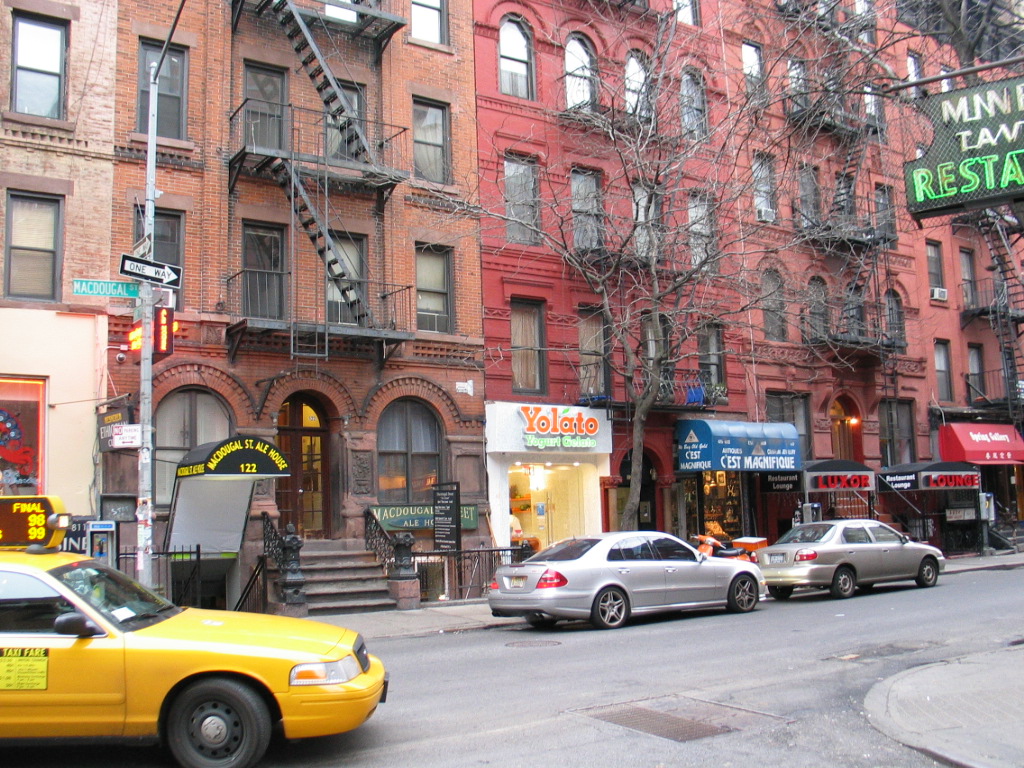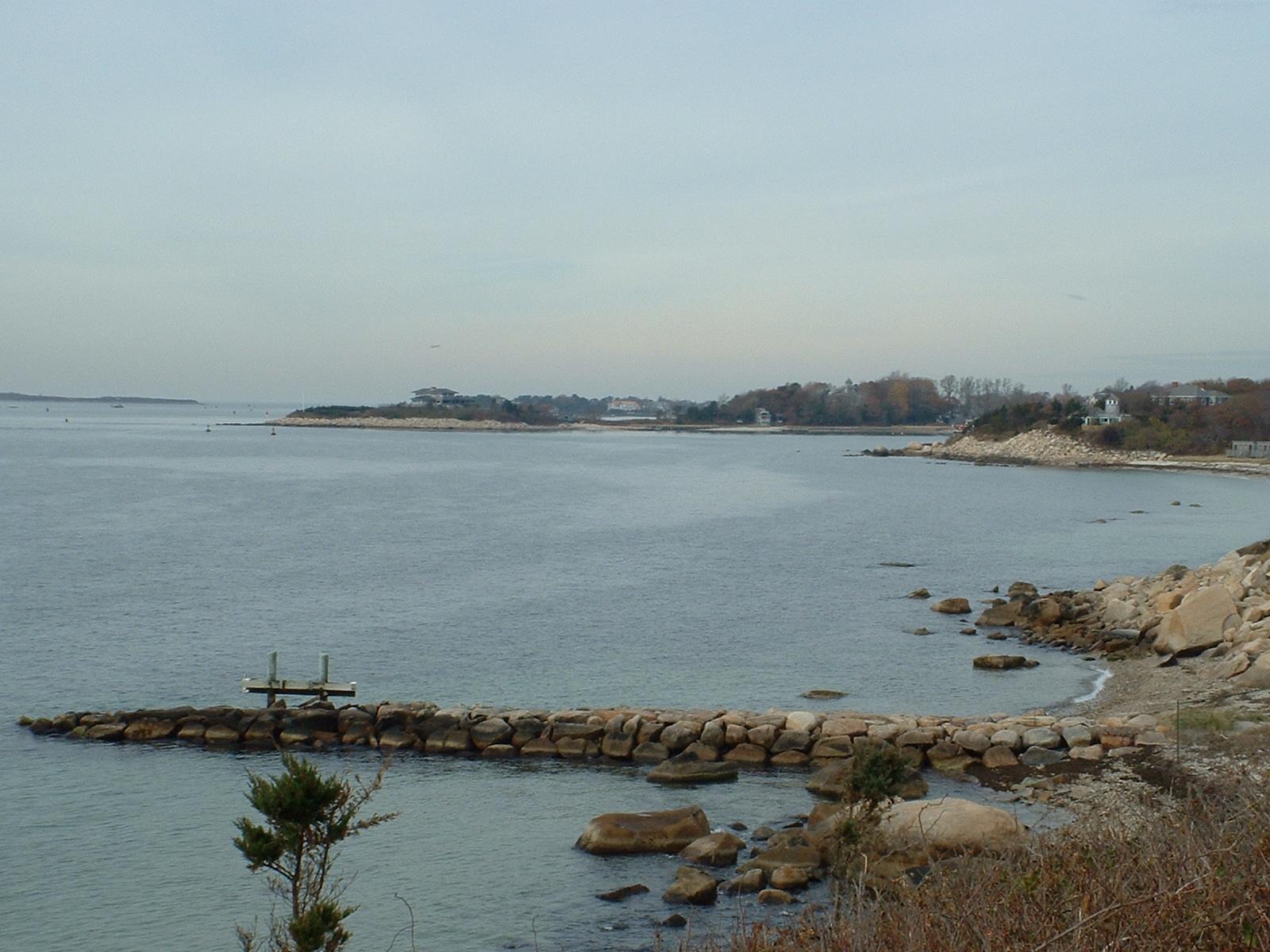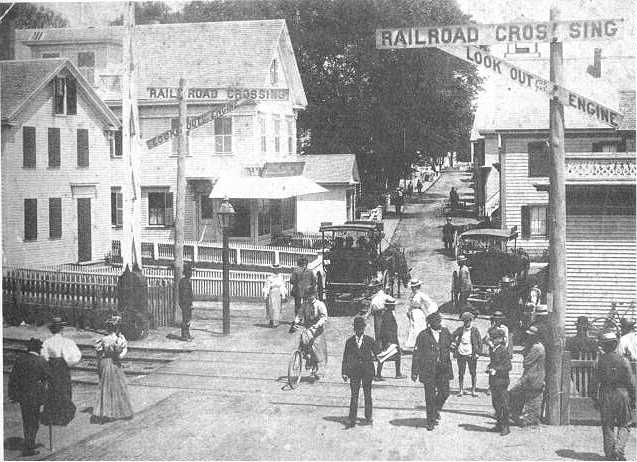|
Dorothy Loeb
Dorothy Loeb (1877–1971) was an American artist known for her easel art, prints, and murals. She traveled widely in the United States, Mexico, and overseas, residing and working for the most part in Chicago, Manhattan, Eastern Massachusetts, and the State of Querétaro in Mexico. She was also a children's art teacher and proponent of progressive education. Having received training at the Art Institute of Chicago and the Art Students League of New York and having studied with artists in Munich and Paris, she adopted a variety of styles, ranging from representative to highly abstract, and worked in a variety of media including oil on canvas, oil on heavy coated paper, watercolor and ink on paper, and monotype printing. She exhibited in prominent museums including the Art Institute of Chicago, Provincetown Art Association and Museum, Worcester Art Museum, Wadsworth Atheneum, and Institute of Contemporary Art, Boston. She also showed a mural at the 1933 Century of Progress, Chicago W ... [...More Info...] [...Related Items...] OR: [Wikipedia] [Google] [Baidu] |
Querétaro
Querétaro (), officially the Free and Sovereign State of Querétaro ( es, Estado Libre y Soberano de Querétaro, links=no; Otomi language, Otomi: ''Hyodi Ndämxei''), is one of the Political divisions of Mexico, 32 federal entities of Mexico. It is divided into Municipalities of Querétaro, 18 municipalities. Its capital city is Santiago de Querétaro. It is located in north-central Mexico, in a region known as Bajío. It is bordered by the states of San Luis Potosí to the north, Guanajuato to the west, Hidalgo (state), Hidalgo to the east, State of Mexico, México to the southeast and Michoacán to the southwest. The state is one of the smallest in Mexico, but also one of the most heterogeneous geographically, with ecosystems varying from deserts to tropical rainforest, especially in the Sierra Gorda, which is filled with microecosystems. The area of the state was located on the northern edge of Mesoamerica, with both the Purépecha Empire and Aztec Empire having influence in ... [...More Info...] [...Related Items...] OR: [Wikipedia] [Google] [Baidu] |
Greenwich Village
Greenwich Village ( , , ) is a neighborhood on the west side of Lower Manhattan in New York City, bounded by 14th Street to the north, Broadway to the east, Houston Street to the south, and the Hudson River to the west. Greenwich Village also contains several subsections, including the West Village west of Seventh Avenue and the Meatpacking District in the northwest corner of Greenwich Village. Its name comes from , Dutch for "Green District". In the 20th century, Greenwich Village was known as an artists' haven, the bohemian capital, the cradle of the modern LGBT movement, and the East Coast birthplace of both the Beat and '60s counterculture movements. Greenwich Village contains Washington Square Park, as well as two of New York City's private colleges, New York University (NYU) and The New School. Greenwich Village is part of Manhattan Community District 2, and is patrolled by the 6th Precinct of the New York City Police Department. Greenwich Village has underg ... [...More Info...] [...Related Items...] OR: [Wikipedia] [Google] [Baidu] |
Falmouth, Massachusetts
Falmouth ( ) is a town in Barnstable County, Massachusetts, United States. The population was 32,517 at the 2020 census, making Falmouth the second-largest municipality on Cape Cod after Barnstable. The terminal for the Steamship Authority ferries to Martha's Vineyard is located in the village of Woods Hole in Falmouth. Woods Hole also contains several scientific organizations such as the Woods Hole Oceanographic Institution (WHOI), the Marine Biological Laboratory (MBL), the Woodwell Climate Research Center, NOAA's Woods Hole Science Aquarium, and the scientific institutions' various museums. For geographic and demographic information on specific parts of the town of Falmouth, please see the articles on East Falmouth, Falmouth Village, North Falmouth, Teaticket, West Falmouth, and Woods Hole. Falmouth also encompasses the villages of Hatchville and Waquoit, which are not census-designated places and fall within the village of East Falmouth based on postal service. History ... [...More Info...] [...Related Items...] OR: [Wikipedia] [Google] [Baidu] |
Federal Art Project
The Federal Art Project (1935–1943) was a New Deal program to fund the visual arts in the United States. Under national director Holger Cahill, it was one of five Federal Project Number One projects sponsored by the Works Progress Administration (WPA), and the largest of the New Deal art projects. It was created not as a cultural activity, but as a relief measure to employ artists and artisans to create murals, easel paintings, sculpture, graphic art, posters, photography, theatre scenic design, and arts and crafts. The WPA Federal Art Project established more than 100 community art centers throughout the country, researched and documented American design, commissioned a significant body of public art without restriction to content or subject matter, and sustained some 10,000 artists and craft workers during the Great Depression. According to ''American Heritage'', “Something like 400,000 easel paintings, murals, prints, posters, and renderings were produced by WPA artists du ... [...More Info...] [...Related Items...] OR: [Wikipedia] [Google] [Baidu] |
American Girls' Club In Paris
The American Girls' Club in Paris was a boarding house for young American women aged eighteen to forty located at 4 Rue de Chevreuse in the 6th arrondissement of Paris, France. The club was founded in September 1893 by the American Elizabeth Mills Reid (wife of Whitelaw Reid, the former United States Ambassador to France) and Mrs. William Newhall.San Francisco Call (21 November 1909), Page 4.http://www.GlobalCenters.Columbia.Edu Reid Hall History Accessed March 5, 201 It purpose was to provide "place for meeting and for sociablllty for those who by reason of their unfamiliarity with the language and the people of the country must otherwise be lonely and be han ... [...More Info...] [...Related Items...] OR: [Wikipedia] [Google] [Baidu] |
Kate Sturges Buckingham
Kate Sturges Buckingham (1858–1937) was an American art collector and philanthropist. She collected medieval sculpture, tapestries, and decorative arts. She is best known for her gifts to the city of Chicago, specifically the Buckingham Fountain in Grant Park, a statue honoring Alexander Hamilton in Lincoln Park, and her family's art collection to the Art Institute of Chicago. Life Buckingham was born in Zanesville, Ohio, in a wealthy family on August 3, 1858. She was the daughter of Ebenezer Buckingham and Lucy Sturges Buckingham. She survived her brother, Clarence, who died in 1913 and her sister, Lucy Maud, who died in 1920. After the death of her siblings Buckingham became the sole heir of the family grain elevator fortune. This gave her the means to continue collecting art, and to fund public arts projects. The Buckingham siblings and the Art Institute of Chicago Clarence Buckingham had been a governing member and a trustee of the Art Institute. Kate was influenced by ... [...More Info...] [...Related Items...] OR: [Wikipedia] [Google] [Baidu] |
Near North Side, Chicago
The Near North Side is the eighth of Chicago's 77 community areas. It is the northernmost of the three areas that constitute central Chicago, the others being the Loop and the Near South Side. The community area is located north and east of the Chicago River. To its east is Lake Michigan, and its northern boundary is the early 19th-century city limit of Chicago, North Avenue. In 2020 the Near North Side had 105,481 residents, surpassing Lake View as the largest Chicago community area by population. It is also the most densely populated community area and has the second most skyscrapers, after the Loop. With the exception of Goose Island (which is undergoing development), the Near North Side is known for its extreme affluence, typified by the Gold Coast, Magnificent Mile, Navy Pier, and skyscrapers. The Near North Side is the oldest part of Chicago. In the 1780s, in what is now the Near North Side, on the northern banks of the Chicago River near today's Michigan Avenue Bridg ... [...More Info...] [...Related Items...] OR: [Wikipedia] [Google] [Baidu] |
Lane Tech College Prep High School
Lane Tech College Prep High School (often shortened to Lane Tech, full name Albert Grannis Lane Technical College Preparatory High School), is a public 4-year selective enrollment magnet high school located in the Roscoe Village neighborhood on the north side of Chicago, Illinois, United States. It is a part of the Chicago Public Schools district. Lane is one of the oldest schools in the city and has an enrollment of over four thousand students, making it the largest high school in Chicago. Lane is a selective-enrollment-based school in which students must take a test and pass a certain benchmark in order to be offered admission. Lane is one of eleven selective enrollment schools in Chicago. It is a diverse school with many of its students coming from different ethnicities and economic backgrounds. In 2019, Lane Tech was rated the 3rd best public high school in Illinois and 69th in the nation. School history Founding The school is named after Albert G. Lane, a former principal ... [...More Info...] [...Related Items...] OR: [Wikipedia] [Google] [Baidu] |
Provincetown, Massachusetts
Provincetown is a New England town located at the extreme tip of Cape Cod in Barnstable County, Massachusetts, in the United States. A small coastal resort town with a year-round population of 3,664 as of the 2020 United States Census, Provincetown has a summer population as high as 60,000. Often called "P-town" or "P'town", the locale is known for its beaches, Provincetown Harbor, harbor, artists, tourist industry, and as a popular gay village, vacation destination for the LGBT+ community. History At the time of European encounter, the area was long settled by the historic Nauset tribe, who had a settlement known as "Meeshawn". They spoke Massachusett language, Massachusett, a Southern New England Algonquian languages, Algonquian language dialect that they shared in common with their closely related neighbors, the Wampanoag people, Wampanoag. On 15 May 1602, having made landfall from the west and believing it to be an island, Bartholomew Gosnold initially named this area " ... [...More Info...] [...Related Items...] OR: [Wikipedia] [Google] [Baidu] |
Near West Side, Chicago
The Near West Side, one of the 77 community areas of Chicago, is on the West Side, west of the Chicago River and adjacent to the Loop. The Great Chicago Fire of 1871 started on the Near West Side. Waves of immigration shaped the history of the Near West Side of Chicago, including the founding of Hull House, a prominent settlement house.Taylor Street Archives In the 19th century railroads became prominent features. In the mid-20th century, the area saw the development of freeways centered in the Jane Byrne Interchange. The area is home to the University of Illinois at Chicago (UIC), Chicago-Kent College of Law, and City Colleges' Malcolm X College. Union Station, Ogilvie Transportation Center, the United Center arena, and the Illinois Medical District are located in the community area. Neighborhoods West Loop The West Loop lies along the western bank of the Chicago River. It generally includes the districts of Fulton River, Fulton Market, and Greektown. It is approximatel ... [...More Info...] [...Related Items...] OR: [Wikipedia] [Google] [Baidu] |
Hull House
Hull House was a settlement house in Chicago, Illinois, United States that was co-founded in 1889 by Jane Addams and Ellen Gates Starr. Located on the Near West Side of the city, Hull House (named after the original house's first owner Charles Jerald Hull) opened to serve recently arrived European immigrants. By 1911, Hull House had expanded to 13 buildings. In 1912 the Hull House complex was completed with the addition of a summer camp, the Bowen Country Club.Hull House Museum With its innovative social, educational, and artistic programs, Hull House became the standard bearer for the movement that had grown nationally, by 1920, to almost 500 settlement houses. The Hull mansion and several subsequent acquisitions were continuously renovated to accommodate the changing demands of the association. In the mid-1960s, most of the Hull House buildings were demolished for the construction of the University of Illinois-Chicago. The original building and one additional building ... [...More Info...] [...Related Items...] OR: [Wikipedia] [Google] [Baidu] |
Blanche Lazzell
Blanche Lazzell (October 10, 1878 – June 1, 1956) was an American painter, printmaking, printmaker and designer. Known especially for her Woodcut#White-line woodcut, white-line woodcuts, she was an early modernism, modernist American artist, bringing elements of Cubism and abstraction into her art. Born in a small farming community in West Virginia, Lazzell traveled to Europe twice, studying in Paris with French artists Albert Gleizes, Fernand Léger, and André Lhote. In 1915, she began spending her summers in the Cape Cod art community of Provincetown, Massachusetts, and eventually settled there permanently. She was one of the founding members of the Provincetown Printers, a group of artists who experimented with a white-line woodcut technique based on the Japanese ukiyo-e woodblock prints. Biography Early life and education Nettie Blanche Lazzell was born on a farm near Maidsville, West Virginia, to Mary Prudence Pope and Cornelius Carhart Lazzell. Her father was a direct ... [...More Info...] [...Related Items...] OR: [Wikipedia] [Google] [Baidu] |





